Finally, Toronto's missing link is here!
The Bloor-Dundas West connection took far too long but, it's finally happening!
Toronto has one of the most frustrating transit “missing links” in North America, and it’s not even a transit line. Rather, it’s an indoor connection between Bloor station on the Kitchener rail corridor — which carries airport express trains and suburban & regional services, and Dundas West station — which serves subway trains on Line 2 of the TTC, streetcars, and buses.
Right now, getting between these two important hubs means a short but irritating walk around the block on the sidewalk or through a parking lot — but, that’s finally being fixed and I figured it would be a good idea to talk about how and where the solution is good, and where it will probably need to be fixed in a few years… or decades.
The connection between the mainline rail station and the subway, or lack thereof becomes even more frustrating when you realize just how tantalizingly close the underground subway platforms are to the GO station.

The link will be constructed by slightly extending the existing westernmost pedestrian tunnel at the GO station to the south, and then creating new stairs and elevators down to the new “concourse” level of Dundas West Station at the opposite side of the platforms from the existing entrance (which is at the far west end of the platforms). The new concourse level (which should be decently spacious) will have the fare gates controlling access to the subway and stairs, as well as elevators down to the subway platforms.
So essentially, the subway is only lying a short distance below and over from the existing GO pedestrian tunnel which connects between the various platforms. Accessing it will require descending from the GO platform to the tunnel, travelling down to the concourse, passing through fare gates and walking down to the platforms (or taking the elevator) — this is a pretty efficient connection!
What’s also very interesting is how the connection is actually being built — the concourse level (and overrun shafts for the elevators) will actually take up space from the parking garage for the Crossways complex, which is super interesting to see (and goes to show an underground parking lot being in the way isn’t always a barrier). That being said, there’s probably also a lesson to be learned about not protecting for a connection like this in the first place (as Crossways was built after the subway, I believe).
Now, while the project is much needed, there are a few issues worth noting. For one, Toronto Door Disease (TDD) has struck again, and it looks like passengers will need to go through two sets of doors one after another when passing from the GO tunnel into the subway complex. This is a problem you see a lot in Toronto in underground complexes and new underground tunnels connecting things like subway stations to bus terminals. I get that these might be technically necessary for fire or security reasons, but good god can we not use sliding doors or use a mechanism that automatically unlatches held open doors if a fire alarm occurs? Keeping doors closed not only slows everyone down and creates a pain for those in mobility devices or with luggage, but the doors also take a beating so they will need frequent repair or replacement. It also cements a long term sense of disintegration — this is the GO part of the station, this is the TTC part.
While the connection is obviously great, I am also concerned about size. The pedestrian tunnels at GO stations are already major congestion points, and the new connection seems pretty narrow and only has a single staircase between the GO tunnel and the concourse — so while it will be a big upgrade in terms of connectivity, I doubt it will last long before being super congested. Metrolinx mentions that only 600 connections per day happen at present, but as we all know that number will likely increase a lot simply by making the connection easier. That’s before you factor in several times more mainline train service and eventual automatic train control and additional congestion on Line 2 — demand is likely to increase several times over. Fortunately, new connecting tunnels could probably be built off of the new concourse to provide more entrance and exit options in the future.
But, herein lies another problem — while the new connection is great for connecting the stations, another useful feature of it should be creating an eastern connection to Dundas West subway station that expands its catchment, but this design won’t necessarily do that.
Currently, the only way to get to the pedestrian tunnel under the platforms is via the platforms themselves, meaning someone on Bloor would need to enter the station, go up a large set of stairs, then back down another set of stairs to access the TTC. The solution here is probably a further extension of the pedestrian tunnel back to the underpass concourse off of Bloor street, but that’s not part of the plans. The current solution will provide better access when the pedestrian tunnel is extended to the east as part of the Kitchener fourth track project — but a better connection to Bloor will make for easier connections and navigation.
Fortunately, there are some really positive elements of this project as well. For one, Bloor will be one of the only TTC stations with two accessible entrances, which is a great thing to see, even if the second entrance will be convoluted. The design of the elevators is also all forward motion, meaning that the doors open on opposite sides on the two levels, allowing someone rolling forwards into the elevator to keep rolling forwards to get out — improving efficiency and comfort. There are also redundant elevators between the concourse level and the GO tunnel level.
Perhaps the most exciting element of the connection for me is how it can help boost the “superhub” concept of Bloor-Dundas West as a major integrated complex for transit oriented development and transit service. By improving connectivity and making the interchange more useful, its importance will be elevated — increasing the attractiveness of locating near it, and thus developing land near it!
That being said, I’m happy the connection is finally happening, now we just need to get on with deciding a new unified name for the complex.




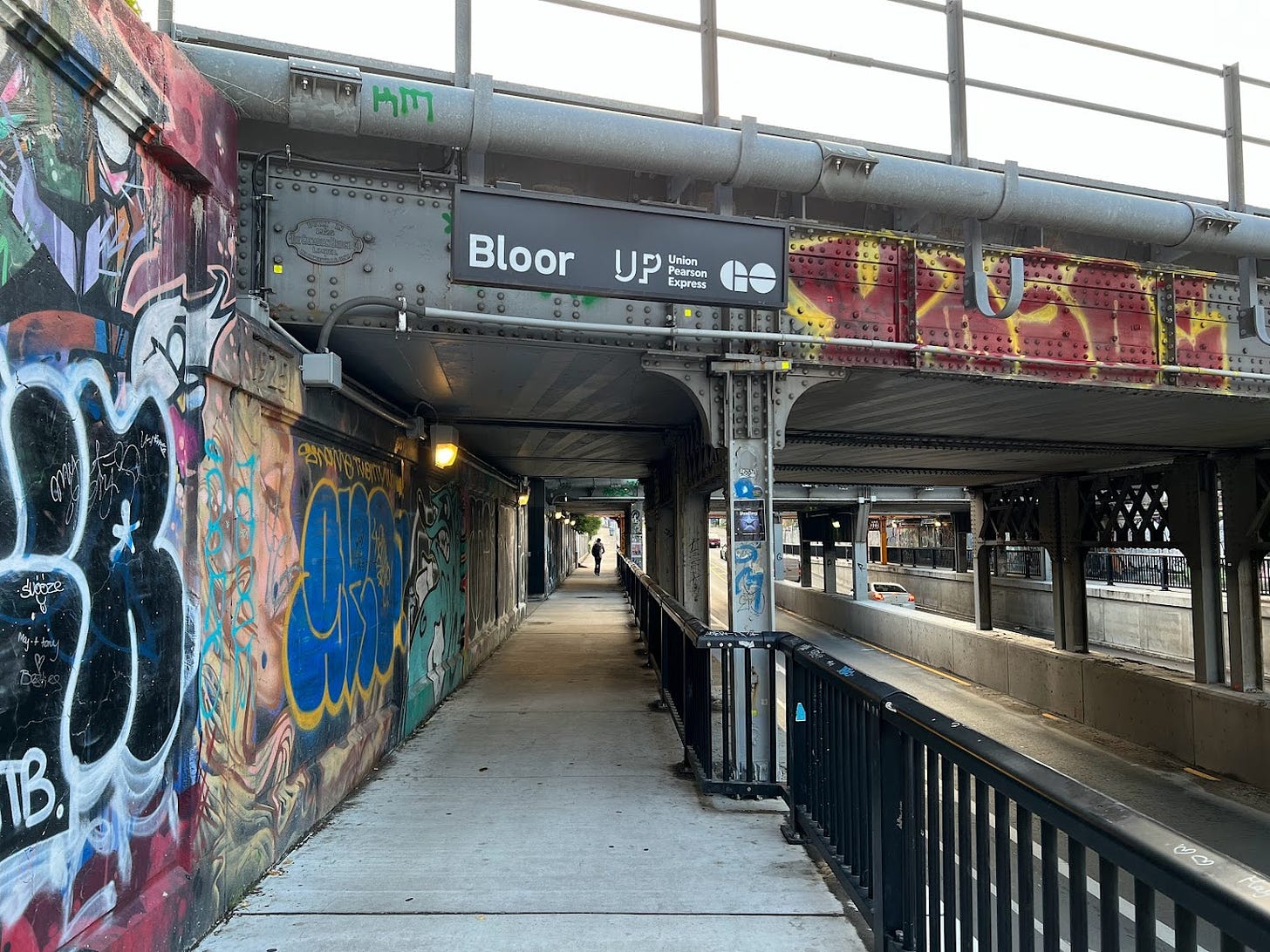
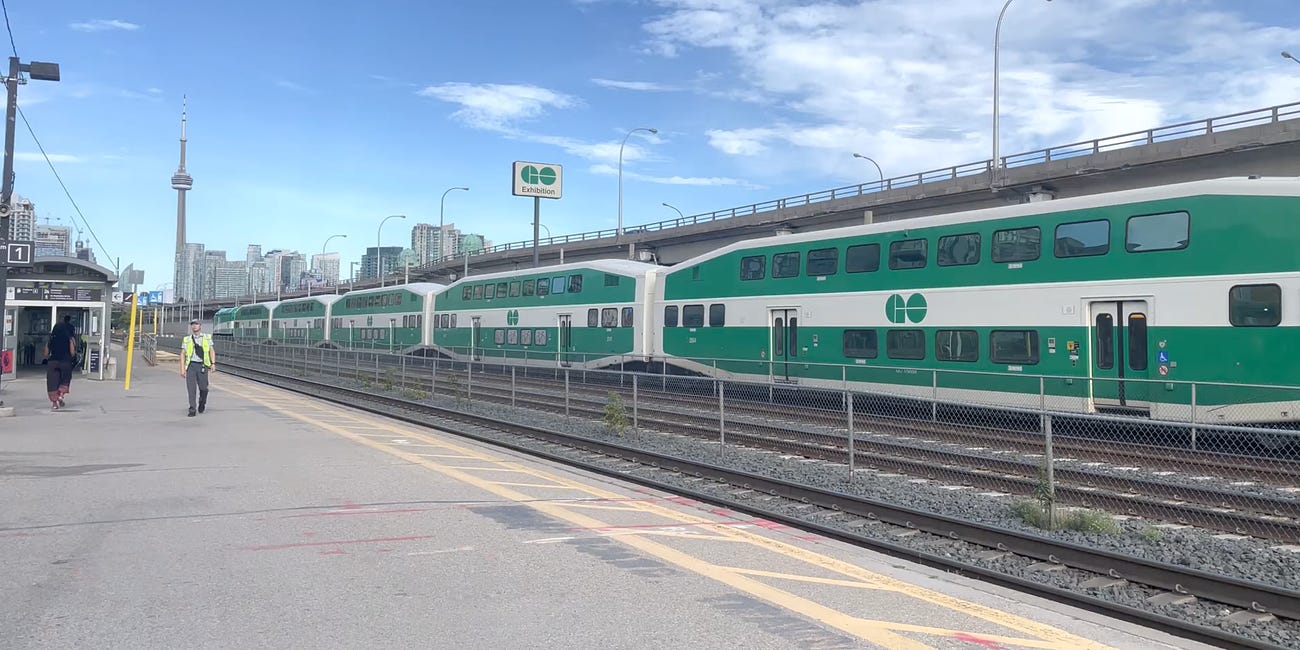
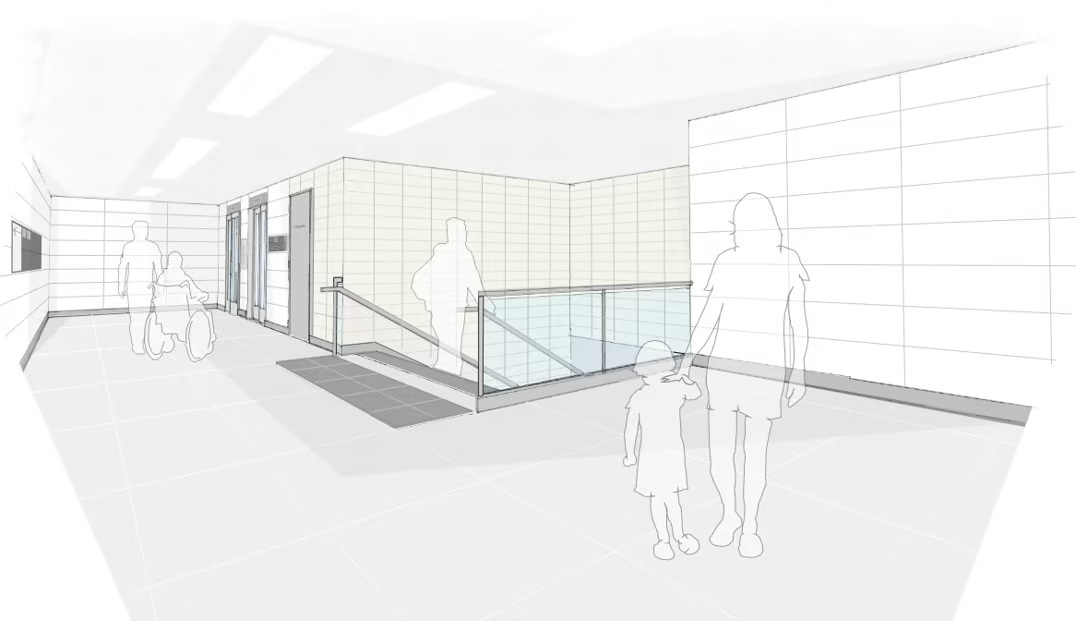
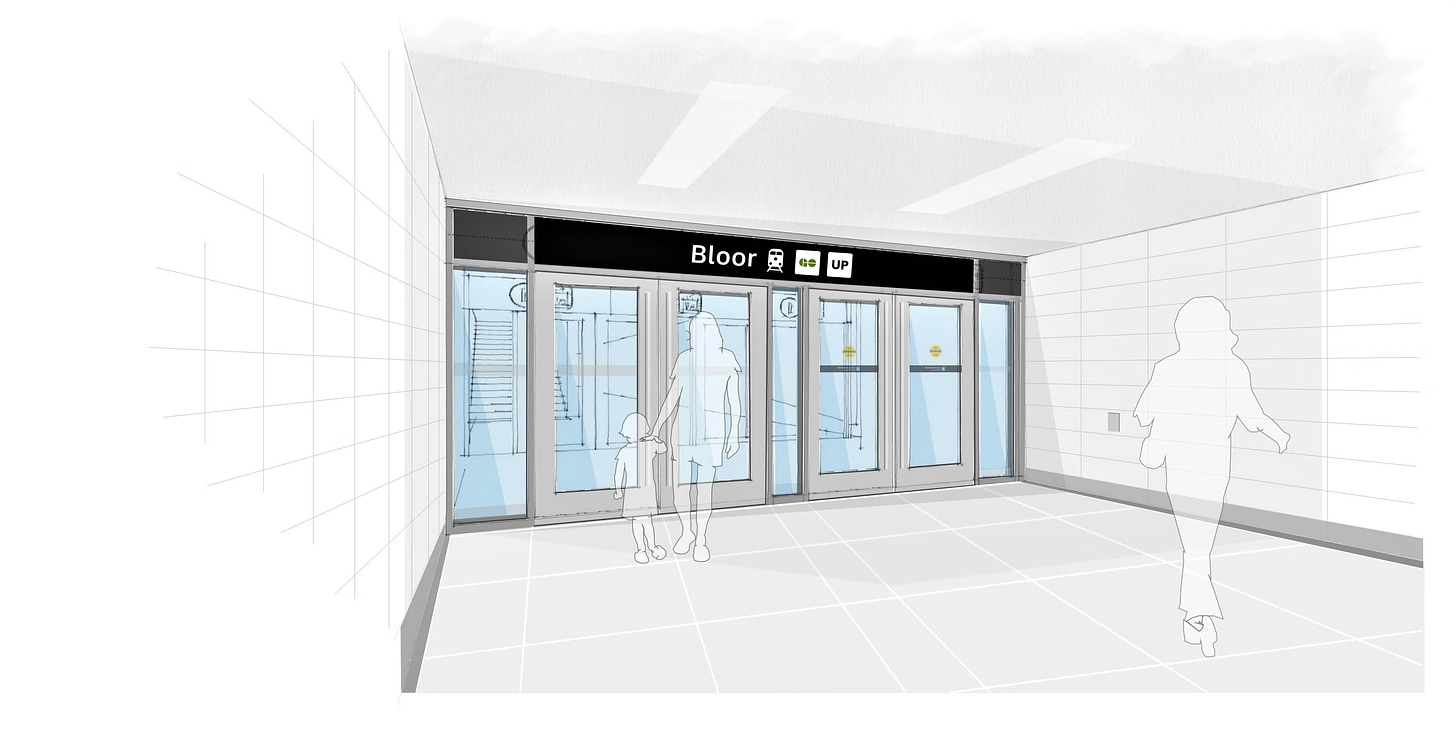

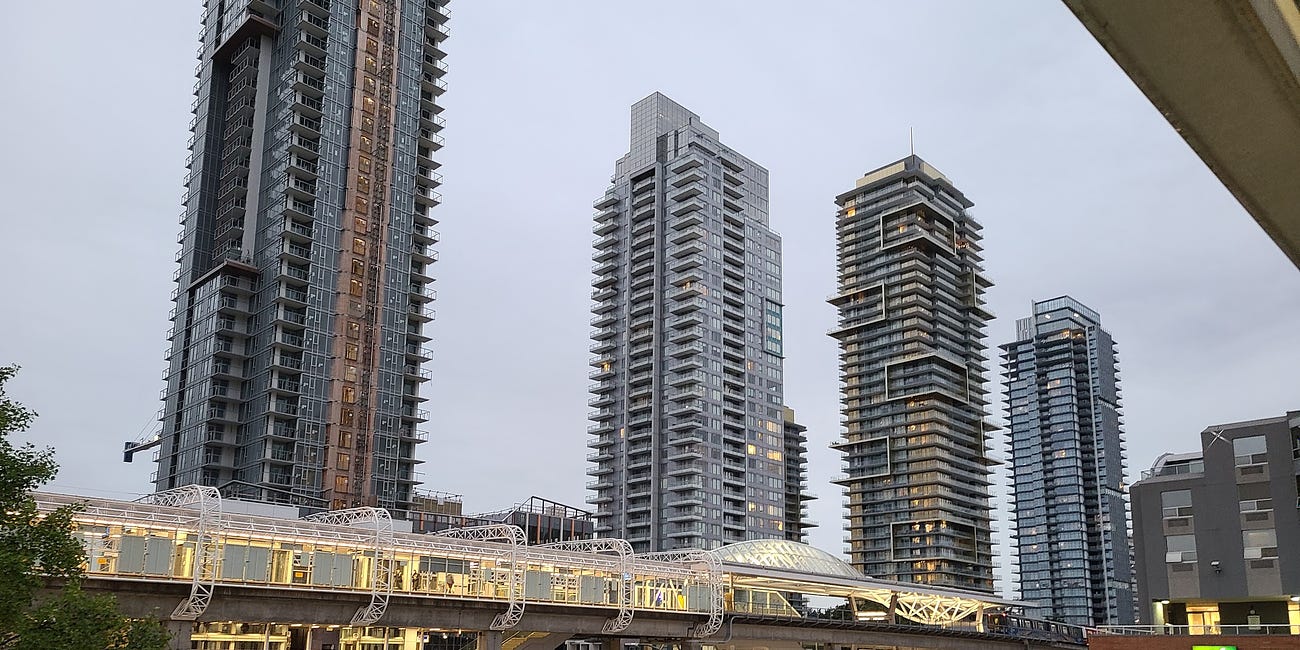
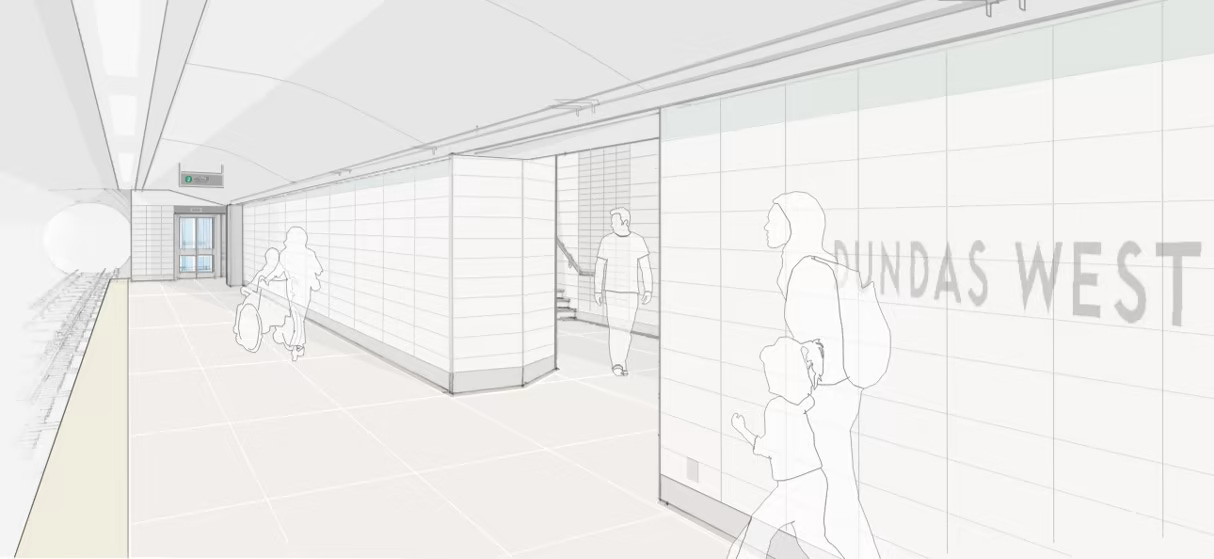
Fare integration plans will also significantly increase traffic between the two platforms
This integrated station definitely needs a new name. I'm good with Roncy, but a part of me has also been partial to The Wedge (which the Lower Junction Triangle was almost renamed, but the neighbourhood had a fit).
Also, I know there are a hundred reasons why it is more complicated, but the coming development at Danforth & Main, needs to somehow address the similar issue there.